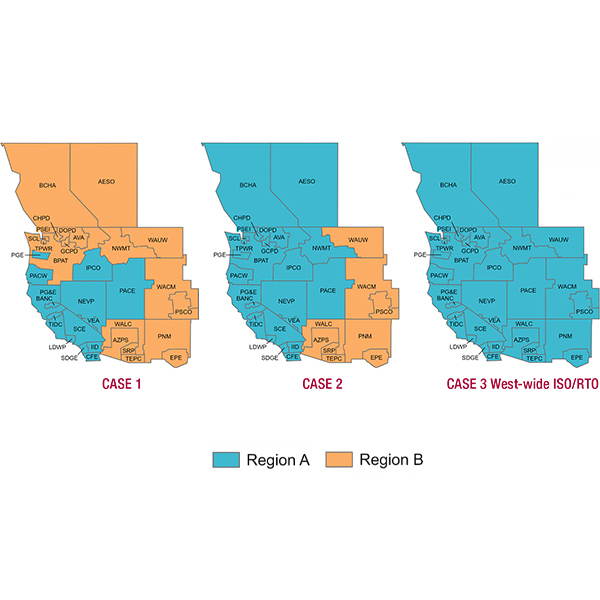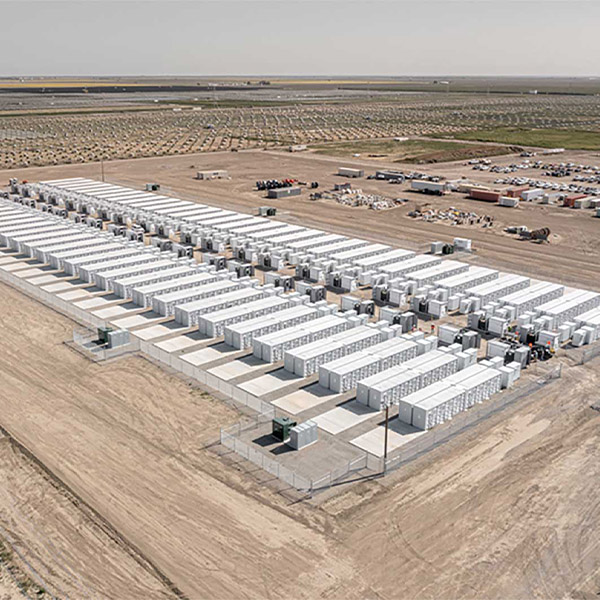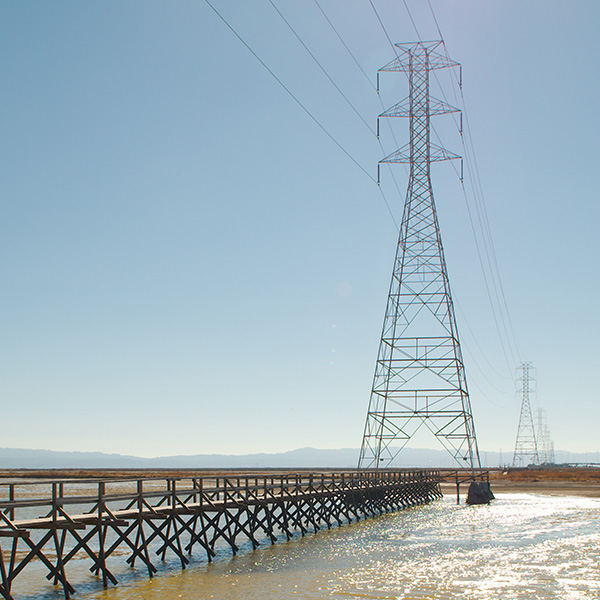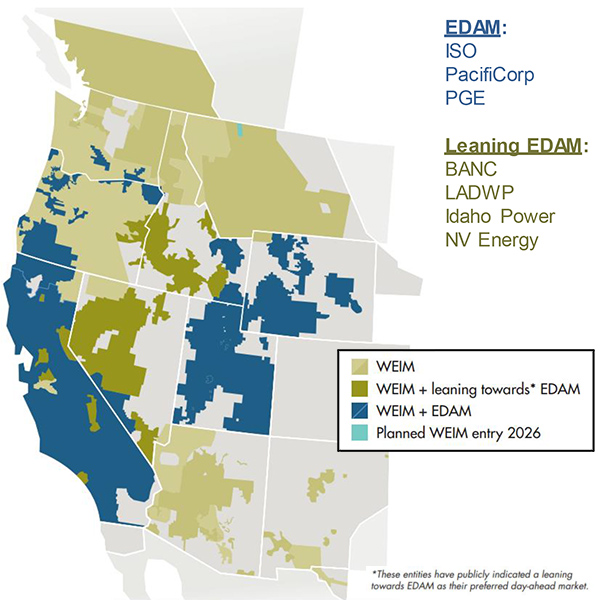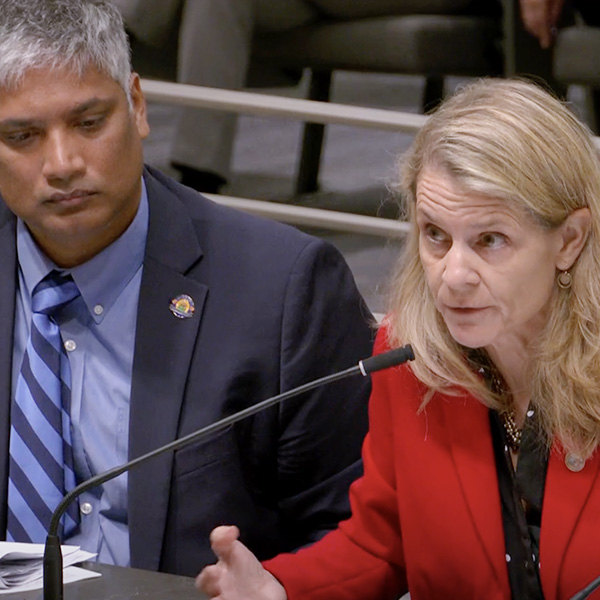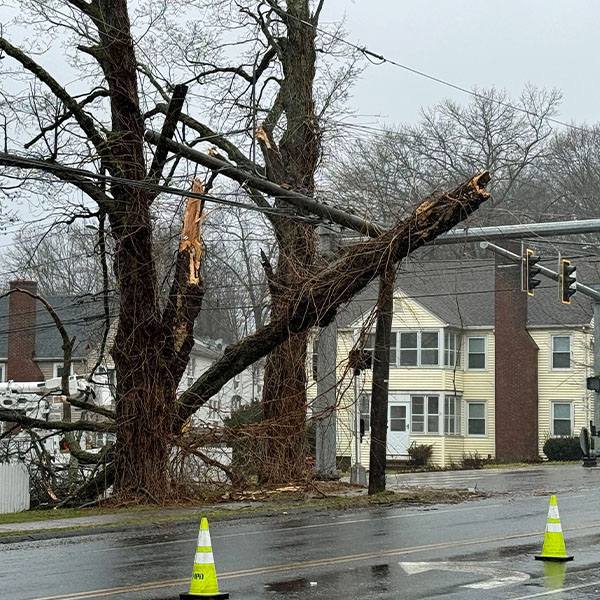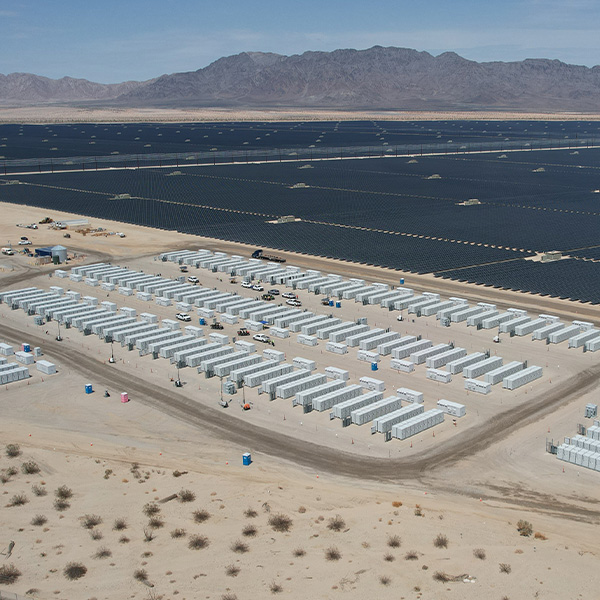California Independent System Operator (CAISO)
A single Western market is one of the safest bets to address the region’s reliability and cost issues in the face of extreme weather events, proponents of the West-Wide Governance Pathways Initiative said during a panel discussion.
The Bonneville Power Administration will delay its Western day-ahead market choice beyond a scheduled Aug. 29 announcement date and likely will extend the decision-making process into 2025, according to multiple sources.
A new initiative to streamline and expand bilateral trading in the Western Energy Imbalance Market and Extended Day-Ahead Market has been launched, marking another step toward EDAM implementation.
Responding to stakeholder pushback, CAISO has extended the timeline of its initiative refining bid cost recovery provisions for storage resources to allow for more discussion.
Protecting the public interest while implementing the Extended Day-Ahead Market and expanding the Western footprint was central to the discussion in a West-Wide Governance Pathways Initiative workshop.
A proposal to elevate the Western Energy Markets Governing Body’s authority over CAISO energy markets was unanimously approved by the Governing Body and ISO Board of Governors
U.S. reliance on lithium-ion batteries has become a political flashpoint due to China’s dominance in the processing of lithium and manufacture of battery cells.
California energy agency heads appeared before state lawmakers to pitch the proposed CAISO governance changes being developed by the West-Wide Governance Pathways Initiative.
CAISO CEO Elliot Mainzer, ERCOT CEO Pablo Vegas and MISO's Todd Hillman joined a USEA webinar to discuss grid reliability amid increases in extreme weather and load growth.
A new CAISO proposal seeks to address unwarranted BCR payments to storage resources, an issue that has stirred controversy over the last month.
Want more? Advanced Search
